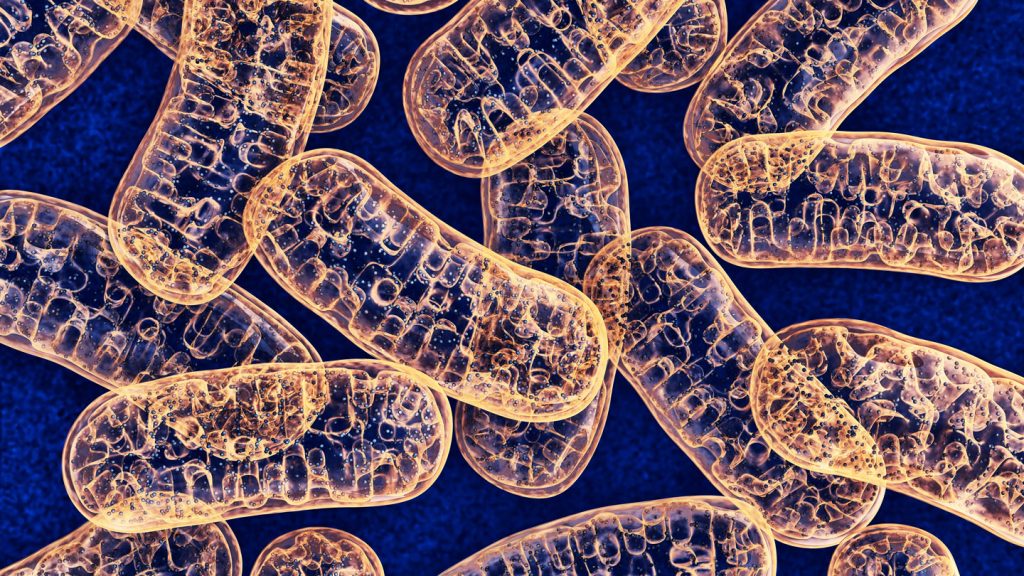Researchers recently made a surprising discovery regarding mitochondria in the brain. While mitochondria are traditionally known as energy producers, they are also able to ship their own DNA to the nucleus of cells in a process called numtogenesis. This process had not been observed in human brain tissue before, but researchers found high levels of mitochondrial insertions in brain samples. Specifically, the cells from the dorsolateral prefrontal cortex had significantly more insertions than blood or cerebellar cells. The DLPFC is implicated in several age-related and neurodegenerative conditions, while the cerebellum is typically unaffected. Additionally, a higher number of insertions in the DLPFC were associated with early death, suggesting a potential link to lifespan.
The study also utilized skin cells collected from living patients to investigate how cellular aging affects mitochondrial insertions. Cells accumulated one insertion every 13 days on average, but this rate increased under stressors like genetic mutations or drug treatments. Drugs inducing mitochondrial dysfunction and inhibiting mitochondrial enzymes further increased the rate of numtogenesis. Skin cells from patients deficient in the gene SURF1, associated with the mitochondrial disease Leigh syndrome, accumulated insertions at a much faster rate. This suggests that numtogenesis may play a role in mitochondrial dysfunction that leads to diseases, like Leigh syndrome, and contributes to premature death.
Evidence from the study shows that numtogenesis can occur in organs like the brain and may vary in different body tissues. However, the health consequences of these insertions are still unclear. Further research is needed to understand where in the nuclear genome the mitochondrial DNA is integrating and how it could be affecting the cells. Future studies should focus on how mitochondrial insertions may lead to diseases, allowing for potential ways to measure health based on the accumulation of these insertions. Researchers believe that individuals with fewer insertions may be healthier overall, indicating a potential connection between mitochondrial insertions and health status.
Overall, mitochondria in the brain have been found to have additional roles beyond energy production, contributing to processes like numtogenesis. The high levels of mitochondrial insertions observed in brain tissues such as the DLPFC suggest a potential link to several age-related and neurodegenerative conditions, highlighting the importance of understanding these processes for health. The study also demonstrated the impact of cellular aging and stressors on the accumulation of mitochondrial insertions, indicating a possible connection between mitochondrial dysfunction and diseases. Further research is necessary to explore the effects of these insertions on different tissues and organs, as well as their potential role in disease development.
Researchers have collected data on how mitochondria function in the brain and how their DNA can be integrated into cell nuclei. The study found that brain tissues, particularly the DLPFC, had high levels of mitochondrial insertions compared to blood and cerebellar cells. These insertions were associated with early death, indicating a potential link to lifespan. Skin cells from patients were also used to study how cellular aging and stressors impacted the accumulation of mitochondrial insertions, with certain conditions leading to a faster rate of numtogenesis. Future studies will focus on determining the effects of these insertions on overall health and disease development, providing valuable insights into mitochondrial dysfunction and potential biomarkers for health status.


